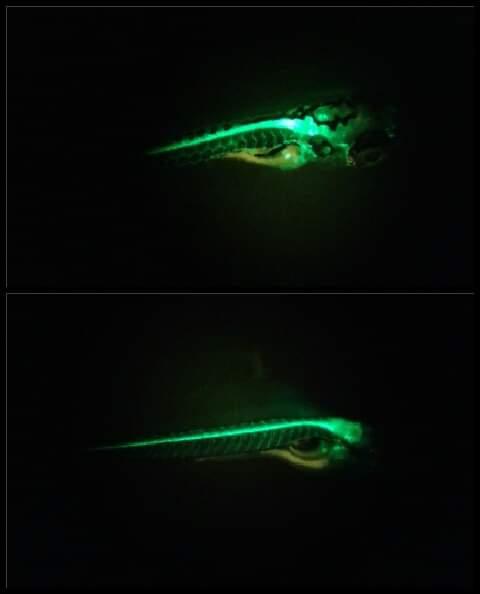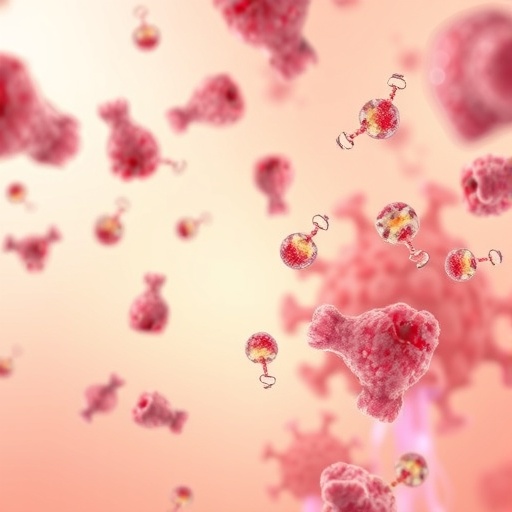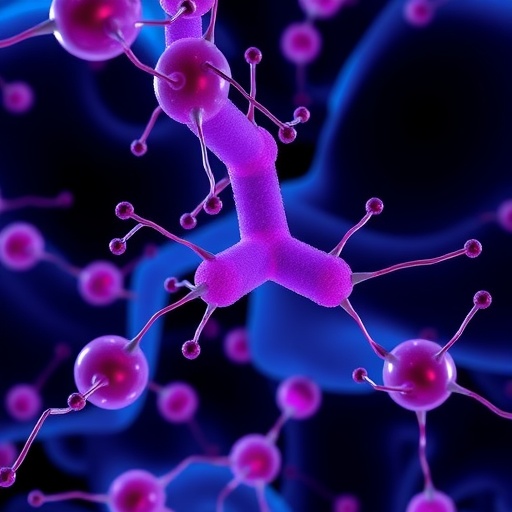New platform allows effective drug screening

Credit: Diana Chapela, iMM
A research team led by Leonor Saúde, Principal Investigator at Instituto de Medicina Molecular (iMM; Lisbon, Portugal), in partnership with the company Technophage, SA, has designed a simple and efficient platform that uses zebrafish to discover and identify new drugs to treat spinal cord lesions. This study, published this week in open access in Scientific Reports, is the proof-of-concept for the use of this zebrafish platform that, combined with drug repurposing, has the potential to accelerate the translation period from the discovery to the clinics.
Spinal cord injuries can have devastating consequences because of their importance for day-to-day activities such as walking, but also because of the failure to regenerate, leading to permanent disabilities. These lesions are a complex clinical condition for which the current treatment options have limited success in neurological and functional recovery. “For a significant functional recovery, it is likely that different therapies for multiple targets will be needed, due to the complex nature of the spinal cord lesions” starts explaining Leonor Saúde, “with this work we have shown that, using zebrafish, we can accelerate the discovery of new therapeutic targets for spinal cord lesions”.
“Here, we have designed a simple and efficient platform that allows testing a large number of molecules and selecting them based on their ability to accelerate the regeneration of the spinal cord in zebrafish. Our platform consists of a model of spinal cord transection in zebrafish larvae where we test different therapeutic protocols and evaluate its efficacy through larvae locomotor function over time”, explains Diana Chapela, a PhD student and first author of this paper. The researchers validated this platform by testing molecules that entered clinical trials for spinal cord injury, namely Riluzole, Minocycline and D-Cycloserine. The results obtained showed that these drugs can also accelerate the regeneration of the spinal cord in the zebrafish.
“We then tested on our zebrafish platform more than 100 molecules already approved by the Food & Drug Administration (FDA) for other conditions and identified a molecule with motor recovery properties in zebrafish larvae, the Tranexamic Acid”, says Leonor Saúde. Next, the efficacy of this drug was tested in a spinal cord injury model in rodents. “Our results show that this molecule, which is an antifibrinolytic agent, has the ability to improve motor function in mammals with spinal cord injury” adds the researcher.
These promising results show the high potential of this platform, which ” combined with drug repurposing, has the potential to boost the rapid translation of new therapeutics for the spinal cord lesions in humans,” says Leonor Saúde.
###
This work was developed in a partnership between the laboratory of Leonor Saúde and the company Technophage, SA, and was financed by Technophage, SA and the Portuguese National Council – FCT.
Media Contact
Ines Domingues
[email protected]
Related Journal Article
http://dx.




